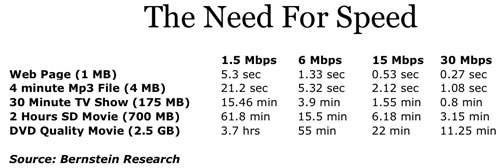A couple months ago I bought a new Dell LCD. My old monitor was getting so dim that it was hard to watch movies, and the price was right, so it was an easy decision.
The problem with a newer larger screen, especially a LCD, is that you tend to want to play games at the “native” resolution, which for this model was 1920×1200. To do that I had to basically turn down/off all the features that made things look good. That sucked. But I had a way out…
When I bought my motherboard and video card I bought a “SLI” model that uses PCIe. I didn’t really need that feature at the time: and I have a bad record for buying features “I may need some day” that I never end up using. But this time I got lucky.
The SLI feature lets you join 2 video cards together to share the load. But the problem was you need 2 identical cards… and it’s very difficult to find a second identical card months after buying the first because the tech and brands change so often. But almost the same day I started to look into it I saw Nvidia had released a new driver set with this interesting feature:
Mixed vendor support for Nvidia SLI.
Still, who knows if it would work? I emailed the support alias for my current card, and they all but guaranteed it wouldn’t. Undeterred, I ordered a second card, from a different vendor, with a different firmware version and different CPU and memory speeds. But the important bit was the same: a Nvidia 7800GT chipset.
Success!

The black XFX card on the bottom is the new one, and it’s connected to the original card above it using the black “LanParty” SLI bridge that came with the motherboard.
There’s games I want to revisit now, such as Half-Life 2 and Far Cry (not to mention Quake 4 and FEAR that I haven’t played yet) that I can now play in higher res with AA/AF etc. But first, sadly enough, I want to finish replaying an old classic that makes absolutely no use of the large screen or spiffy video cards. Think you can identify it? Click here









